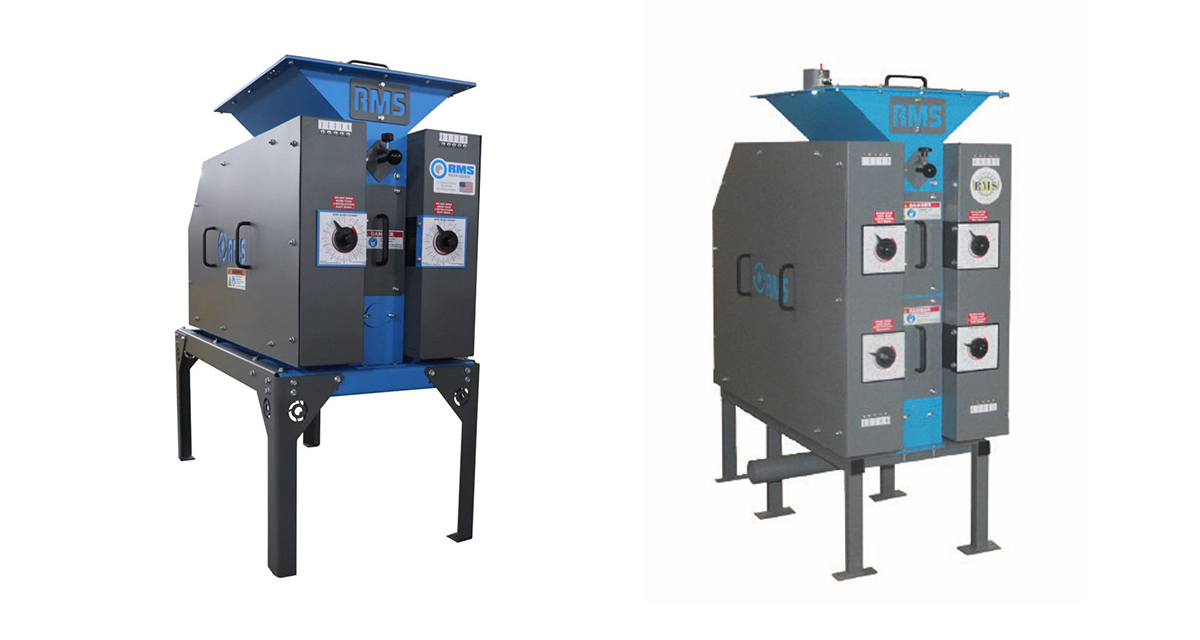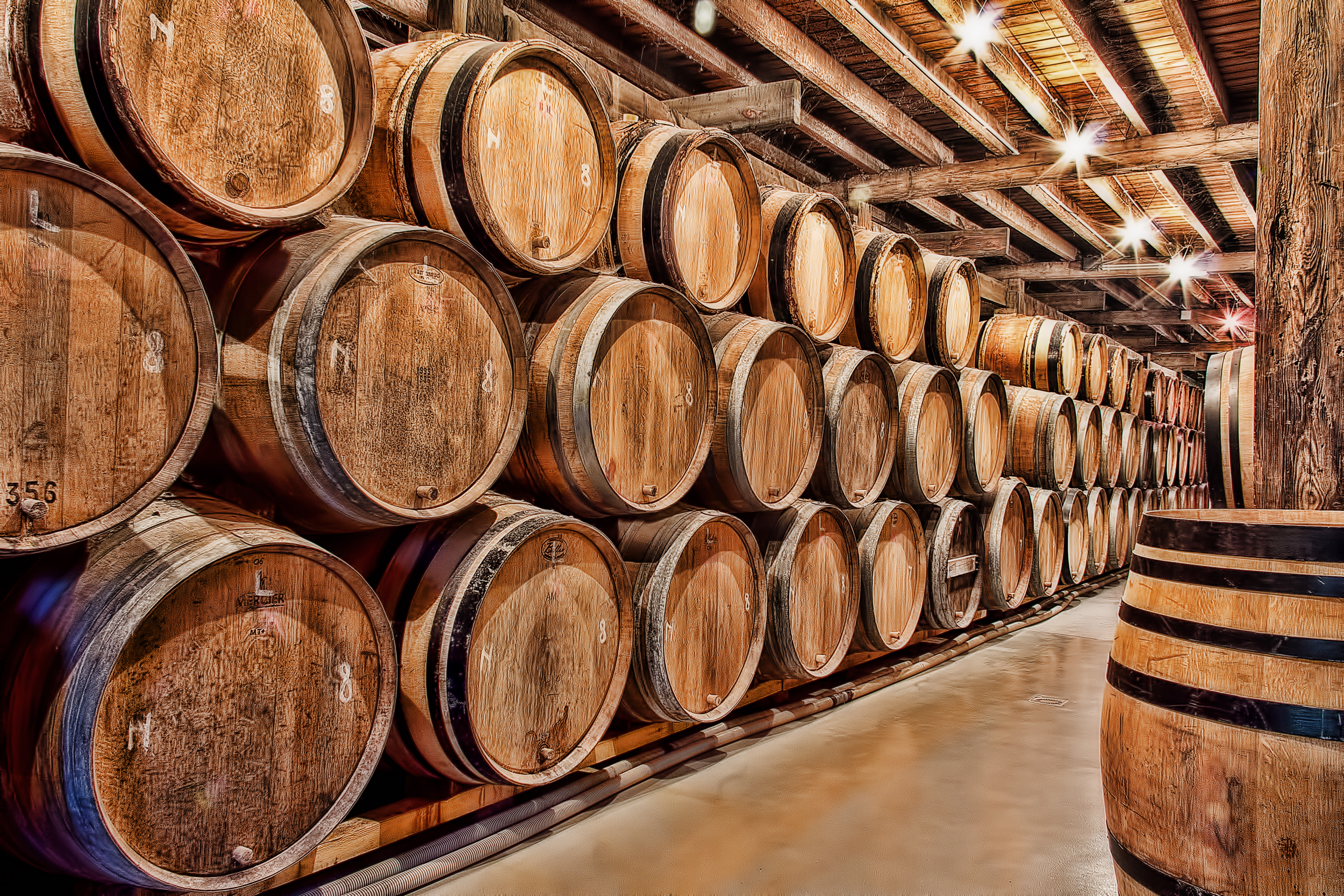Single Pair Mill vs Double Pair Mill
From a functional standpoint, the difference between a single pair mill (or a 2 roller mill) and a double pair mill (or a 4 roller mill) is pretty minor. With a single pair, a single set of two rolls is being used to crush your grain. A double pair essentially does the same thing but with four rolls. The short answer to the question, “single pair mill vs double pair mill?” is that a single pair mill has one set of rolls, and a double pair has two sets of rolls with one stacked above the other.
 Why a Brewer Would Choose One Over the Other
Why a Brewer Would Choose One Over the Other
Many breweries opt to go with a double pair roller mill vs a single pair because of the efficiency gains. This specific kind of “efficiency” is determined by:
- How much sugar is actually available in the grain
- The quality of the milling process to expose the grain for extraction
When brewers get a malt COA from their malt providers, they can often run that information through software like BeerSmith or Brewer’s Friend to determine the number of sugars they should get out of a certain amount of grain. Our experience has shown that brewers can usually get much closer to that max amount of sugar with a double pair mill versus a single pair mill.
Getting More Through Efficiency Gains
 Output efficiency gains primarily come from the consistency of the crush a brewer is able to get. With a double pair mill, you have a top set of rolls and a bottom set. The top set does an initial crush where it separates the husk from the endosperm of the malted barley. Then, the bottom set gives you a finer, more consistent final grist. With that consistent crushed grist, you can increase the surface area of the insides of the grain you’re trying to access.
Output efficiency gains primarily come from the consistency of the crush a brewer is able to get. With a double pair mill, you have a top set of rolls and a bottom set. The top set does an initial crush where it separates the husk from the endosperm of the malted barley. Then, the bottom set gives you a finer, more consistent final grist. With that consistent crushed grist, you can increase the surface area of the insides of the grain you’re trying to access.
With a double mill, you are milling the grain a little finer, but not to the point where you’re damaging the husk. You want some of the husk to remain intact to maintain a good filter bed during the lauter time. Having a controlled, consistent crush from a double pair will allow you to pull off more starches without increasing your lauter time.
We have seen setups where brewers have tried to use a single pair mill to replicate the efficiency of a double pair. Unfortunately, they often end up milling the grain too fine, which causes stuck mash problems and requires longer lauter times. A double pair is specifically designed to help give you that more consistent crush, letting you decrease grind times and lauter times.
It Matters Where Are You & Where You’re Going
 When we’re meeting with brewers, we often see the choice between a single pair mill vs double pair mill really coming down to the scale of their system. In other words, a major factor in the decision is simply: how many barrels are they looking to produce in a year?
When we’re meeting with brewers, we often see the choice between a single pair mill vs double pair mill really coming down to the scale of their system. In other words, a major factor in the decision is simply: how many barrels are they looking to produce in a year?
An accurate estimated final output can go a long way in helping us gauge what their efficiency gains would be if they made changes to their milling application.
If your brewery is in a 15 to 20 barrel a year system, then this is an optimal starting point where we see it making sense to transition from a single to a double pair mill.
Breweries working a 30 or more barrel-per-year system are putting out a lot of beer. At that point, we would highly recommend moving to a double pair mill. The returns on the efficiency gains at that high volume will add up very quickly.
Calculating Percentages & ROI Before You Buy
In many instances where brewers replaced one of our single pair mills with a double pair, they saw improvements in the 4 to 6% range. Those are some pretty substantial increases. However, we also advise running a few calculations before investing in a new 4 roller mill.
RMS has a handy tool that we’ve put together—a simple ROI calculator built in Excel. When we meet with a brewer for a consultation, they can enter the size of their system, how many barrels they go through in a year, and their expected efficiency gain. Once we have those projections, our calculator will spit out how long it will take them to pay back their capital investment and start making a pure profit off their machine.
With solid numbers in hand, it’s easier to decide if and when it’s the right time for you to continue with a single pair mill vs double pair mill. Feel free to contact us if you have any questions about calculating the ROI of our machines.
Interested in Learning More About Single and Double Pair Mills?
RMS Roller-Grinder builds and services the best roller mills and equipment for our customers’ unique brewing and distilling applications. If you need a consultation on installing a new application, we can partner with you to ensure you receive the best and most reliable products and support. Our goal is to leave you with peace of mind by doing whatever it takes to remove the troubles and frustration from your entire grain handling system. If you would like to learn more about our single and double pair mills, contact us today!
